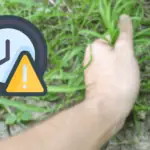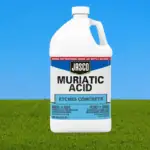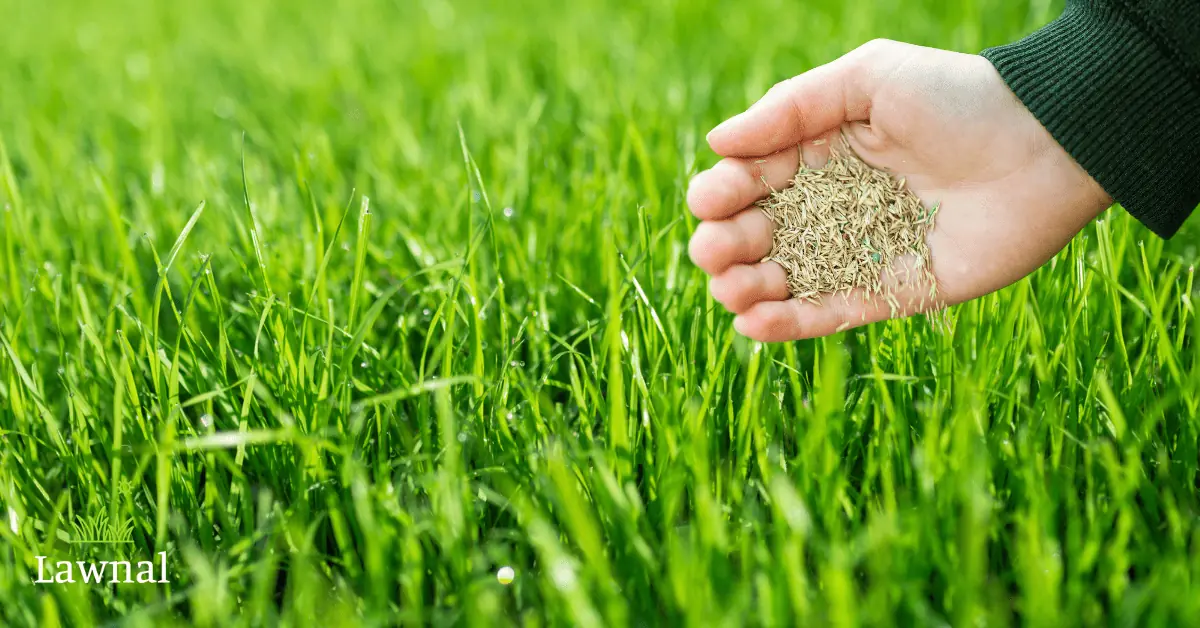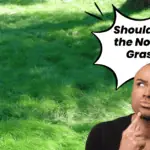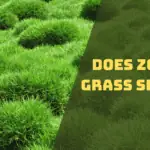Do you ever feel frustrated with the unwanted grass in your lawn or garden? These grasses never want to leave and grow as fast as possible, more quickly than anything else; regardless of how often you mow or pull it out, it always comes back stronger. Well, you are not alone, as many homeowners and gardeners struggle with this issue, which can be a real pain.
The question then becomes, why does this unwanted grass grow so quickly and persistently while other plants struggle to survive? What measures can be taken to ensure they do not appear again? Questions like these are what many people are searching for answers to.
This article sheds light on these unwanted grass types’ rapid growth and persistence, the reasons they are like that, and also provides some practical tips and tricks for getting rid of them. Whether you’re a seasoned gardener, a new homeowner, or a garden enthusiast, you will be provided with valuable insights and information that you can use to maintain a beautiful and healthy lawn or garden.
Understanding Unwanted Grass Types
Do you have unwanted grass types popping up in your lawn or garden? If so, you’re not alone. Many homeowners struggle to maintain a pristine lawn due to unwanted grasses. However, what are these grasses, and why are they causing such a problem?
Unwanted grass types are any species of grass that you don’t want growing in your lawn or garden. They can be invasive, aggressive, or simply unsightly. Some common examples include crabgrass, quackgrass, and Bermuda grass.
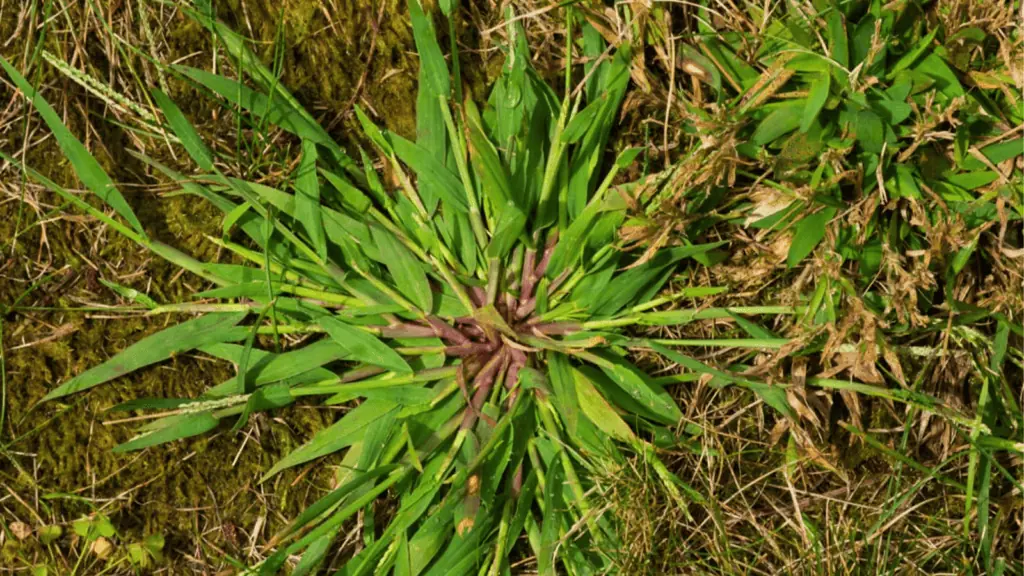
Crabgrass is an annual summer weed often found in thin lawns or bare soil areas. It spreads quickly and can be challenging to control once it takes hold. On the other hand, quackgrass happens to be a perennial weed that can be found in both cool and warm-season lawns. Its roots are solid and go deep, and it can quickly take over lawns if not looked into.
Although Bermudagrass can be desired sometimes, it is also an invasive species that can be difficult to control when it is not wanted. It is dispersed on lawns through rhizomes and stolons, quickly taking over any areas in which it’s growing.
For your lawn or garden to be rid of these unwanted grass types, it is necessary to know them, as different species require different control methods. After being conversant with them, you can eradicate the specific grass species by identifying the particular grass species.
Why Unwanted Grasses Are a Problem
Having unwanted grass on your lawn or garden may seem minor, but it can cause several problems for them. Competition with the desirable grass types for necessities such as sunlight, water, and nutrients is one of the most significant issues.
The aftermath of such competition can make a thin, patchy lawn susceptible to other unwanted grass types, diseases, and insect damage.

In addition, some unwanted grass types can be challenging to eliminate. They may need different treatments or special equipment to remove them for good. However, this can be time-consuming and expensive, especially if it is a large expanse of lawn/garden.
Further, unwanted grasses can make the lawn/garden look ugly. They make the area cosmetically flawed, imposing on the wanted ones and making it look unkempt and unappealing. This intrusion can be particularly problematic if you’re trying to sell your home or want to enjoy a beautiful outdoor space.
Controlling Unwanted Grass Types
Even though trying to control the intrusion of these grasses might be an uphill task, it is not impossible. The first step is to identify the invading species you are dealing with. This will help you select the appropriate control method.
Pre-emergent herbicides can be effective for weeds like crabgrass, which appear annually. These control products are applied before the weed seeds germinate, preventing them from taking hold in your lawn. Post-emergent herbicides can also kill existing crabgrass plants, but they may not be as effective as pre-emergent treatments.
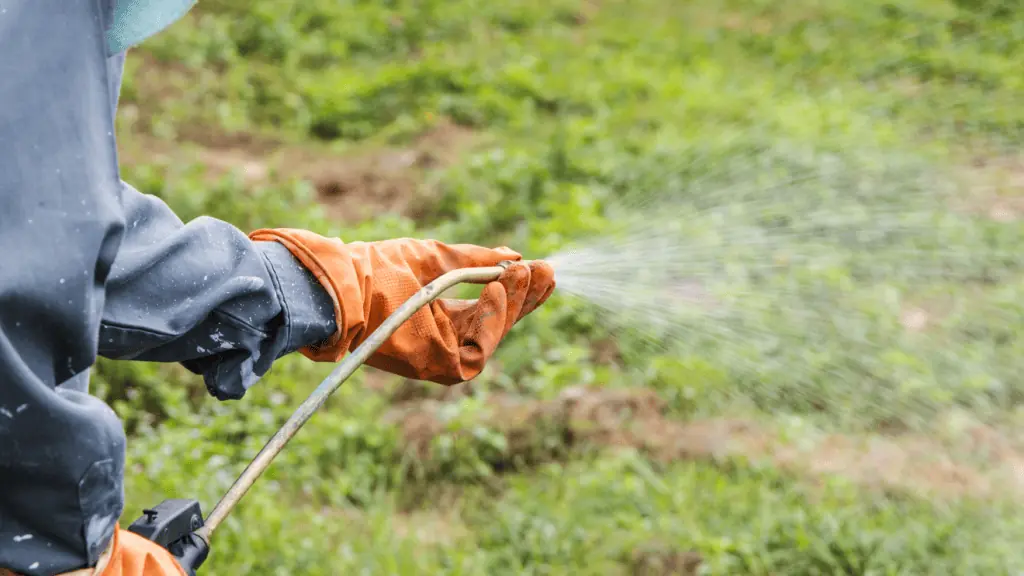
Herbicides are typically ineffective when used on perennial weeds like quackgrass and Bermuda grass. These weeds have far-reaching root systems deep in the soil that can be difficult to kill. In some instances, manual removal may be the only way. Manual removal uses hands and other tools to dig out the full grass, including the roots, to prevent it from growing again.
Other than using herbicides and manual removal, some regular practices can help control unwanted grass types. Regular mowing/cutting, watering/irrigating, and fertilization can help ensure healthy turf growth, which can help suppress weed growth.
Additionally, aerate your lawn to reduce compaction, allowing air, water, and nutrients to penetrate the soil more easily. Finally, overseed your lawn with desirable grass species to help fill in thin areas and crowd out weeds.
Techniques for Controlling Unwanted Grass Types
Appropriate management approaches are tailored to the desired output, and the grass type is required to control undesirable grass types. Physical, cultural, and chemical controls are some approaches used to manage undesired grass.
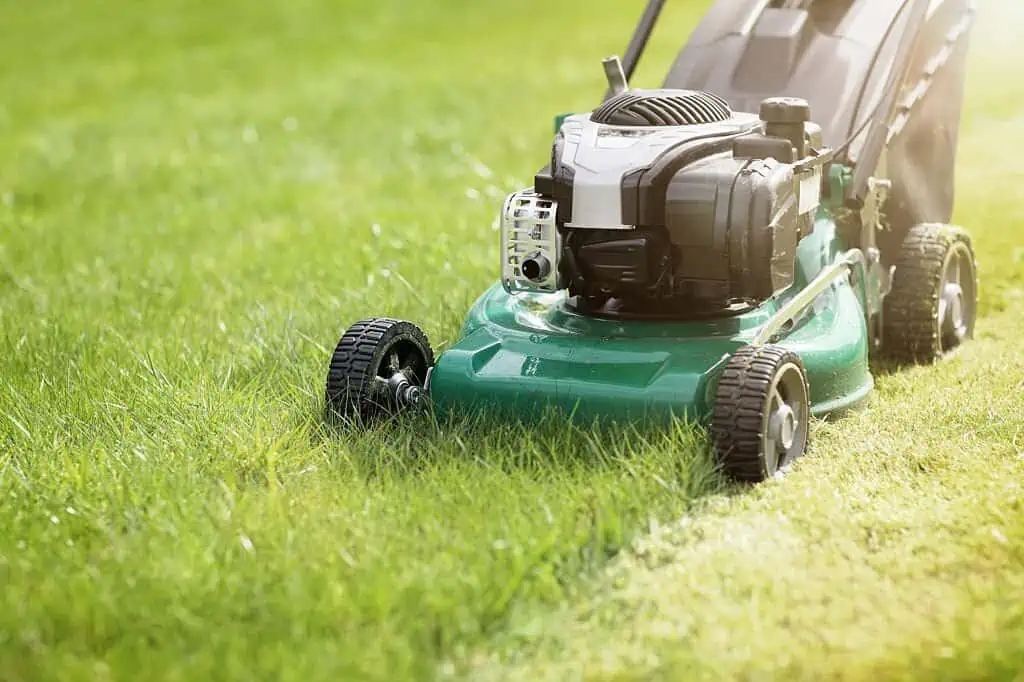
Physical controls entail physically eliminating the grass, which can be done by mowing, manually weeding, or utilizing a sod cutter. The most popular technique for managing different grass types is mowing and trimming the grass to a particular height.
Hand weeding involves eliminating the grass by hand and is appropriate for tiny areas or when there isn’t much grass. On the other hand, a sod cutter is employed for larger sizes and entails cutting the dirt and the grass simultaneously.
Cultural controls entail altering the environment to prevent the emergence of undesirable grass kinds. Other cultural control methods include aerating the soil, changing the watering schedule, or introducing helpful insects that eat grass.
Herbicides are used as chemical controls to manage undesirable grass species. Such herbicides come in two varieties: selective and non-selective. Selective herbicides kill just certain types of grass, whereas non-selective herbicides eradicate all grass. Following the directions when using herbicides is crucial to prevent harm to the environment or loss of desirable plants.
To get the intended result, it’s crucial to pick the right management strategy for the particular grass type and to apply it correctly. A combination of management strategies may also be needed to get the best results.
Preventing the Growth of Unwanted Grass Types
It is easier to prevent the growth of undesirable grass kinds than to manage them. Several precautions can be taken to prevent undesired grass species from taking over a lawn or garden. They include the following:
- Before growing any grass, the soil must first be prepared. Ensure the soil is rich in organic content, well-draining, and has a pH that is in balance. By doing this, an environment will be created that promotes the growth of desirable grass kinds while inhibiting the growth of undesirable ones.
- Using a pre-emergent herbicide is another technique to halt undesirable grass growth. Pre-emergent herbicides stop weed seeds from sprouting, including unfavorable grass varieties. They should always be used with other management strategies for the most effective outcomes and before planting or following grass-mowing.
- Regular fertilization of the lawn or garden is also necessary to stop the emergence of undesirable grass species. Healthy grass development is encouraged by proper fertilization, which defeats undesired grass varieties.
- Overfertilization must be avoided, though, since this might encourage unwelcome grass growth.
- Lastly, properly maintaining a lawn or garden can stop undesirable grass species’ emergence. This entails routine mowing, watering, and aeration and clearing away debris or dead plants harboring unwelcome grass species.
By performing these preventative steps, it is possible to prevent the emergence of undesirable and unwanted grass species and create a healthy, lovely lawn or garden.
Conclusion
Dealing with unwanted grass types can be challenging for any gardener or landscaper that encounters it. Prevention is always the best approach, and it is crucial to maintain healthy soil and use proper irrigation methods to discourage the growth of unwanted grasses.
When removing unwanted grasses, using the right tools and techniques, such as hand-pulling, mowing, or herbicides, is essential. But ensuring you do not harm the surrounding plants or the environment is crucial.
In addition to these methods, you can also consider using mulch, ground covers, or plant barriers to prevent the growth of unwanted grasses. By taking a proactive approach and combining these methods, you can effectively manage unwanted grasses in your garden or landscape.
Now that you know how to deal with unwanted grass types, it is time to take action. Whether you are a seasoned gardener or a beginner, the tips and techniques shared in this article can help you achieve a healthy and beautiful garden or landscape.

